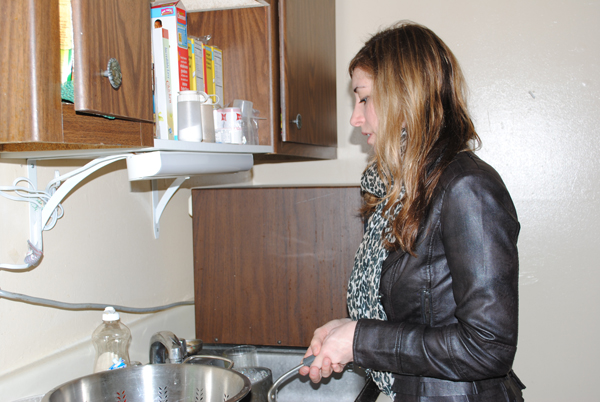

When transfer students first arrive on-campus or when returning students decide they want to leave the residence halls, they are often met with the challenge of figuring out where they are going to live the following school year. March is traditionally the time when these important housing decisions need to be made.
Rafael Calderon, the coordinator of housing options, said it’s important for off-campus students to know where they are going to live sooner than later in order to ensure they aren’t forced into an unwanted living situation.
“You should know where you’re living by the end of April,” said Calderon. “If you don’t, things can get dicey. You may have to just take what you can get if you wait.”
Kimmy Kossman, a third-year theatre arts major, said she transferred to SUNY New Paltz last semester and was thrown into the real world with her first house hunt.
Since the college does not offer housing to transfer students, she said she had to deal with anxiety regarding how close she would be to campus and how that proximity or lack there of would affect her studies.
“Finding off-campus housing was a very difficult process,” said Kossman. “While the resources New Paltz provided were a blessing, finding the right place was a challenge.”
An off-campus bulletin board on the official SUNY New Paltz website shows various house and apartment renting options available and allows students to make posts about finding potential roommates.
Kossman said the most difficult part of off-campus living is finding the right roommates and housemates. She said it can be great if you already know your roommates, but if you don’t and there’s an issue, it can be hard to deal with because leases last a year.
Kossman said another effect of living off-campus is the isolation from campus.
“I believe making friends comes easier when you’re on a floor of students,” she said. “I have a better way to relax without having other people in the room. Having a double and having someone else in the same room as you can be quite difficult…”
In regards to making the school community more accessible to off-campus students, Kossman said transfers need as much of a social helping hand as first-year students.
Calderon said “joining organizations is the easiest way to [get involved on campus].”
